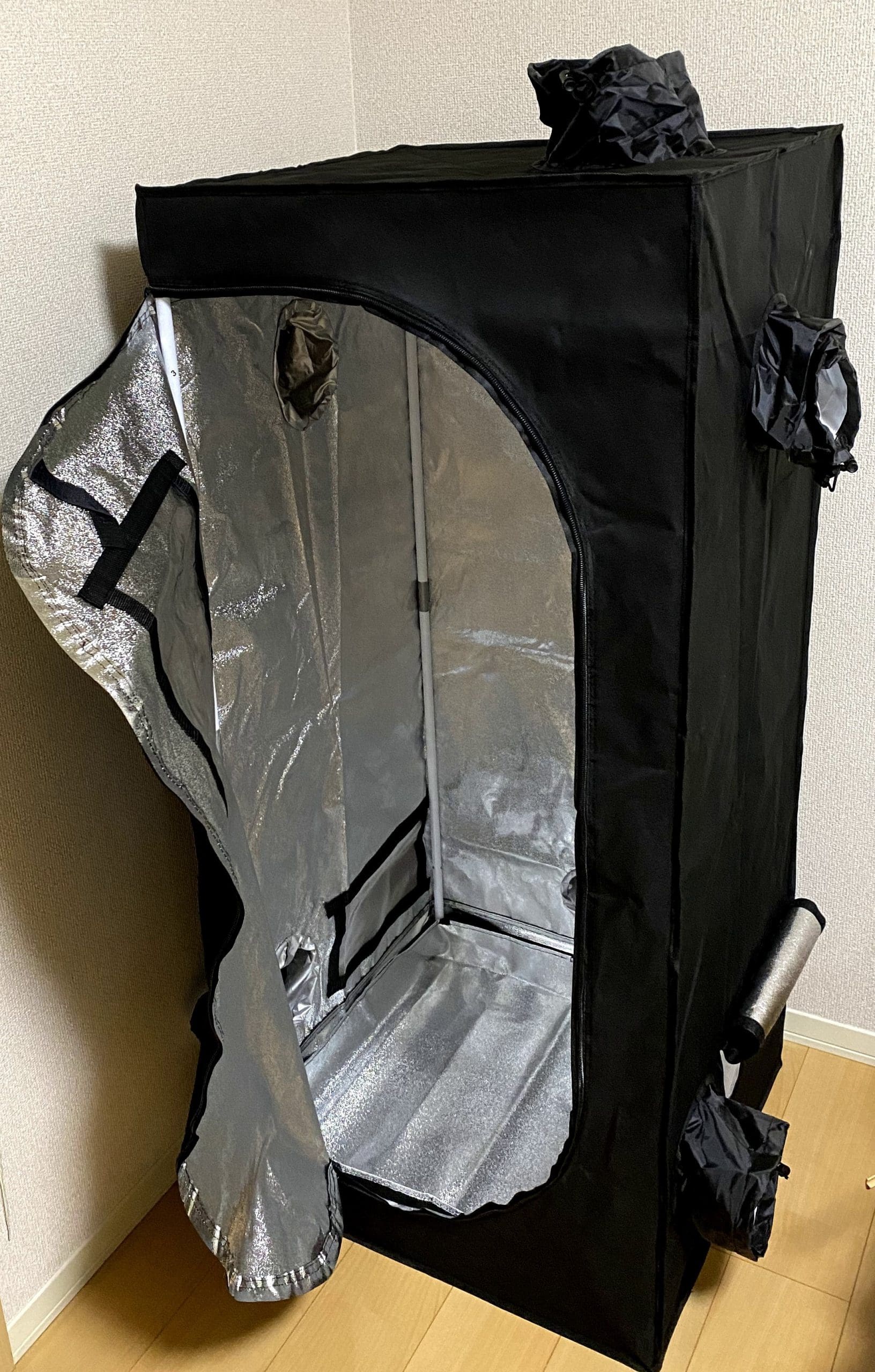[Fan selection] Estimated airflow required for cooling a personal computer (CPU / GPU)
I would like to estimate the airflow required to cool a CPU / GPU, which generates a particularly large amount of heat, to a temperature below the target temperature.
This article is for people like the following.
- I make my own high-speed PCs such as gaming PCs and mining PCs.
- Incorporates parts that generate a large amount of heat (high-end CPU and GPU)
- I want to know how much airflow is needed to cool below a certain temperature
- I'm considering purchasing a fan, but I don't know the standard for air volume (CFM, m3 / h).
To the last, it is for people who are good with a rough guide while following the theoretical part to some extent.Please note that I do not describe the method that I want to put out quite strictly (I do not know ...).
How to calculate airflow
The airflow required to cool the equipment inside the case to \ (Tin [℃] \) at the outside air temperature \ (Tout [℃] \) \ (Q [cfm] \) can be estimated by the following equation. can.
$$ Airflow Q [cfm] = Total calorific value of the device [W] / (20 × 1.699 / 60 × (Tin [℃] – Tout [℃])) $$
The calculation formula isSANYO DENKI technical dataIs referred to.
When air passes through the PC case, there is always some resistance (pressure loss) such as gaps between entrances and exits and parts.Therefore, it is almost impossible to ventilate with the maximum air volume according to the specifications even if the fan speed is set to 100%.
Since it is difficult to measure this pressure loss, a guideline for selection is that the maximum air volume of the fan is "1.5 to 2 times the air volume Q required for cooling".
For example,
- With a personal computer with 250W power consumption
- When the outside temperature is 30 ℃
- If you want to keep the temperature inside the case below 50 ° C,
So, multiply it by 1.5 to 233-44 CFMI need a fan of.
Airflow guideline for each PC configuration
Assuming the following four types of configurations, let's try to calculate the airflow guideline for each power consumption.
| Assumed system | Power |
| Entry-class gaming PC | 250 W |
| Middle class gaming PC | 500 W |
| High-end class gaming PC | 750 W |
| Multiple GPU configuration (high-end SLI and mining PC) | 1000 W |
When you want to keep the inside of the case below 35 ° C at a midsummer outside temperature of 50 ° C
In the worst case, I calculated it when I used it in the middle of summer without a cooler.
| Power | Mandatory CFM | Airflow guide (CFM) | Airflow guide (m3 / h) |
| 250 W | 29.4 | 58.9 | 100 |
| 500 W | 58.9 | 117.7 | 200 |
| 750 W | 88.3 | 176.6 | 300 |
| 1000 W | 117.7 | 235.4 | 400 |
The "air flow guideline" doubles the air volume required for cooling, and we consider it as an index that it is sufficient to install a fan to secure this air volume.
When you want to keep the inside of the case below 28 ° C at room temperature of 50 ° C
Next, I tried to loosen the conditions a little.
| Power | Mandatory CFM | Airflow guide (CFM) | Airflow guide (m3 / h) |
| 250 W | 20.1 | 40.1 | 68.2 |
| 500 W | 40.1 | 80.3 | 136.4 |
| 750 W | 60.2 | 120.4 | 204.5 |
| 1000 W | 80.3 | 160.5 | 272.7 |
How many fans should be installed after all
Let's take a 12 cm fan, which is common as a case fan, as an example.
Noctua's NF-F12, renowned for its high quality, has a maximum airflow of 93.4 m3 / h. = 53.4 CFMis.Comparing this with the previous assumption, it seems that this one is fine up to 250W.
Most ATX-sized cases, which are designed to incorporate high-end GPUs, can be equipped with two 12-14 cm fans in parallel.If you install the fan firmly so that it fits the case, you can naturally secure sufficient ventilation, isn't it?










In-Depth Discussions
Comment list
There are not any comments yet